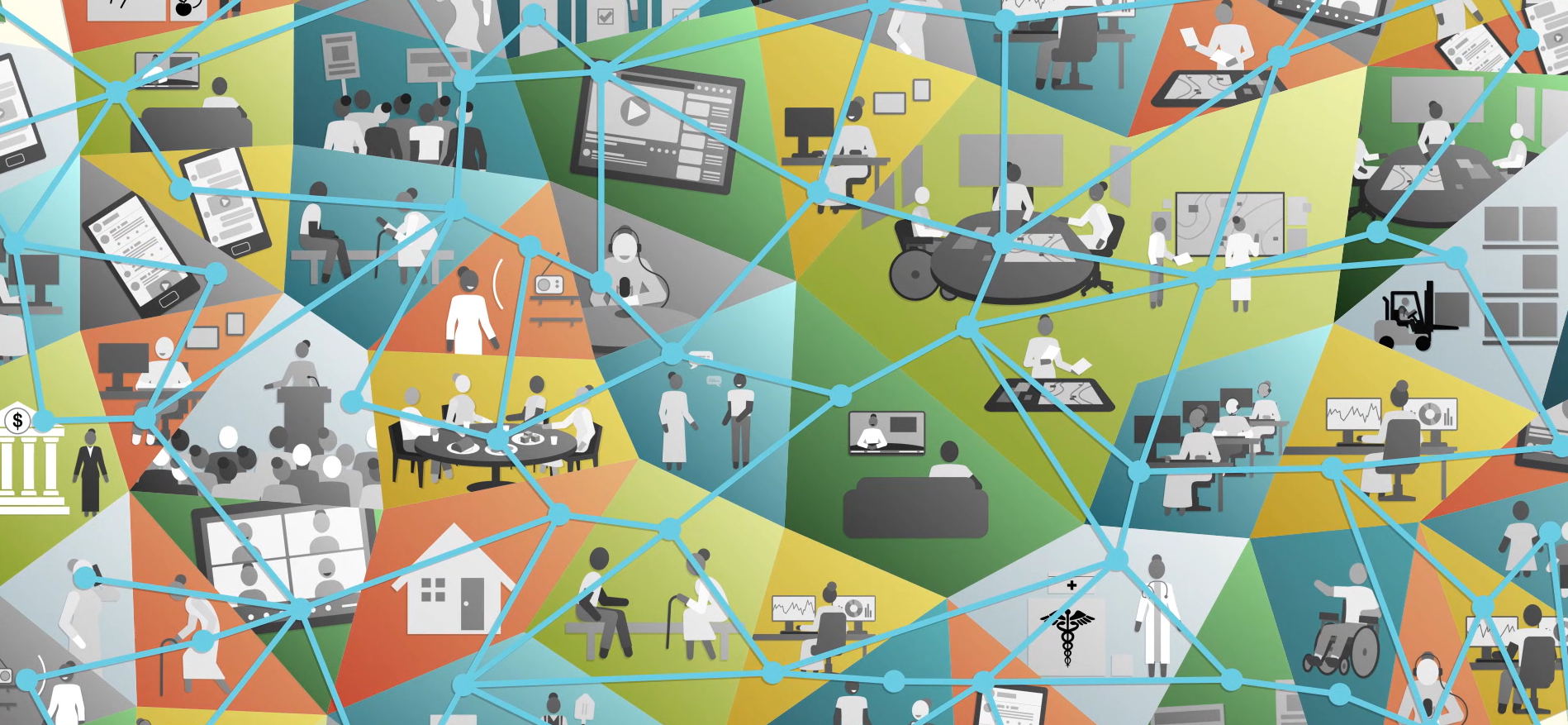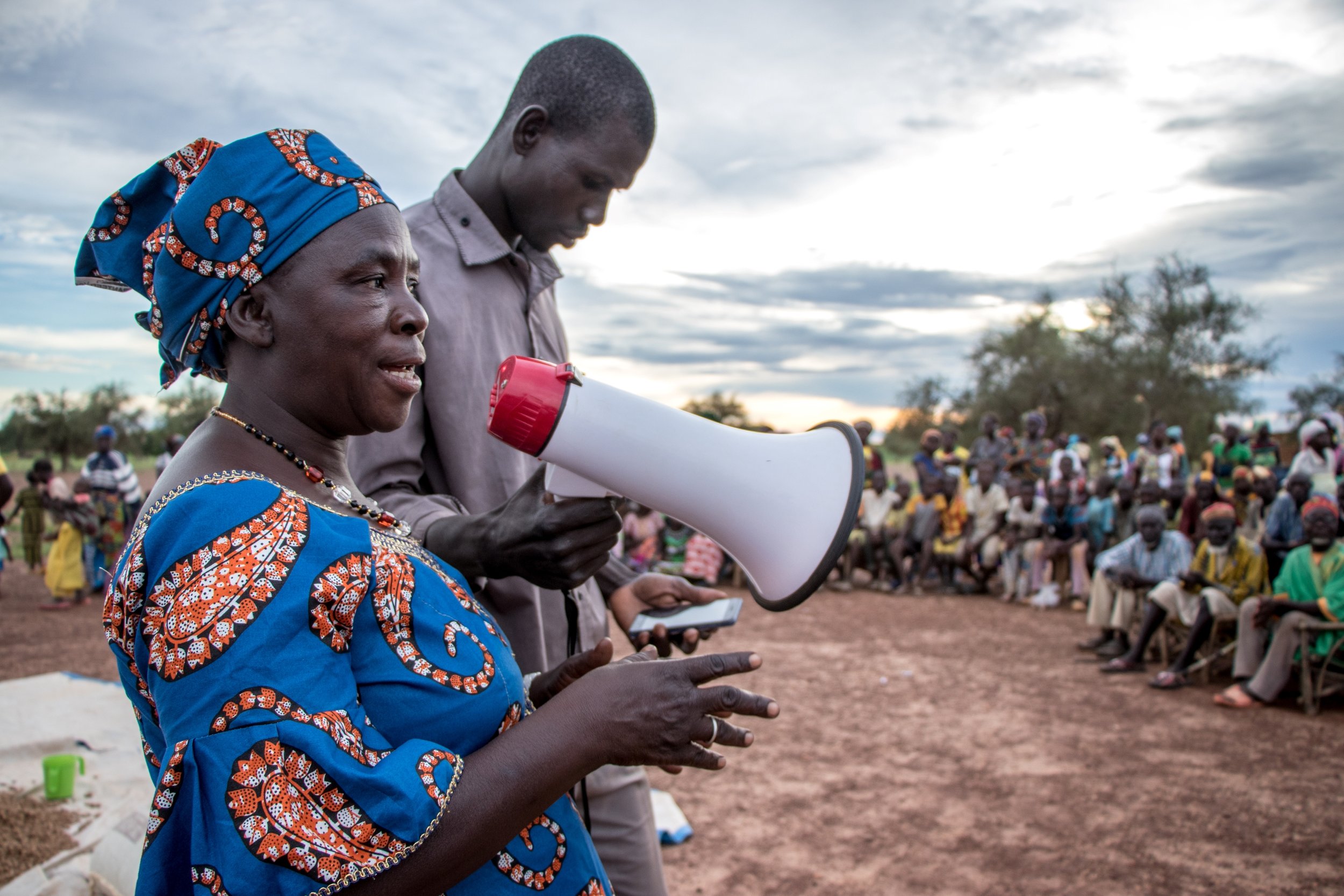Resources
Search our resources
Or filter resources by
Country/region
- Afghanistan 2
- Africa 32
- Americas 3
- Asia 11
- Bangladesh 3
- Belarus 1
- Burkina Faso 3
- Caribbean 7
- Chad 1
- Colombia 3
- Cote D'Ivoire 1
- DRC 1
- Dominica 2
- Ethiopia 3
- Europe 10
- Fiji 6
- Global 52
- Guinea 1
- Haiti 4
- Hati 1
- Horn of Africa 8
- Indonesia 1
- Iraq 1
- Kenya 6
- Libya 1
- Malawi 1
- Middle East 8
- Morocco 2
- Mozambique 4
- Myanmar 1
- Nepal 3
- Niger 2
- Pacific 14
- Pakistan 4
- Palestine 2
- Papua New Guinea 5
- Philippines 6
- Sierra Leone 1
- Somalia 3
- South Sudan 2
- Southeast Asia 7
- Sudan 4
- Syria 3
- Turkiye 3
- Ukraine 6
- Vanuatu 5
- Yemen 1
- Zimbabwe 1
Topic
- AI 4
- CDAC Public Forum 12
- COVID-19 12
- DEPP 7
- Ebola 1
- National Platforms 9
- PSEA 2
- SMS 2
- Sudan 1
- accountability 45
- capacity bridging 15
- cholera 2
- climate 11
- communication 110
- community engagement 80
- conflict 17
- coordination 51
- cyclone 3
- development 1
- digital 30
- disability 2
- disaster 41
- displacement 13
- drought 3
- earthquake 12
- feedback 7
- financing 5
- floods 3
- health 16
- hotline 1
- hurricane 2
- inclusion 11
- information 70
- information integrity 3
- journalism 31
- localisation 28
- media 50
- media development 3
- misinformation 4
- needs assessment 7
- participation 11
- perceptions 1
- policy & advocacy 15
- protection 2
- psychosocial 1
- radio 5
- safeguarding 2
- social media 17
- training 3
- typhoon 5
Вводные пособия о том, как общаться с людьми, нуждающимися в помощи и содействии
Introductory tools and guidance for communication as aid – in Russian.
Ghiduri introductive privind modul de comunicare cu persoanele care au nevoie de ajutor și asistență
Introductory tools and guidance for communication as aid – in Romanian.
Poradniki wprowadzające, jak komunikować się z osobami, które potrzebują pomocy i wsparcia
Introductory tools and guidance for communication as aid – in Polish.
Вступні посібники про те, як спілкуватися з людьми, які потребують допомоги та підтримки
Introductory tools and guidance for communication as aid – in Ukrainian.
Information management for communication, community engagement and accountability to affected people (CCE/AAP)
Practical guidance on how information management associated with communication, engagement and accountability activities can support humanitarian action.
Strengthening communication, community engagement and accountability capacity in Papua New Guinea
Key learning outcomes from a training workshop for managers and programme leads on communication, community engagement and accountability in Papua New Guinea.
Capacity decision framework for CCE/AAP (communication and community engagement/accountability to affected people)
This framework helps decision-makers to identify and source required surge support to ensure appropriate capacity at country level to deliver CCE/AAP across humanitarian response.
CDAC Message Library user guidance
Our Message Library offers clear, concise and simple messages on a range of topics as templates for you to adapt and use in the context you are working in. This document provides guidance on contextualising and using the messages.
CDAC Message Library
CDAC Network’s Message Library is a reference to help quickly disseminate critical information to people affected by disasters. It offers clear, concise and simple messages on a range of topics as templates for you to adapt and use in your context.
Relevance, capacity and remote localisation: technology and power in aid
Insights from the 2021 CDAC Public Forum: part two.
Information management functions of an inter-agency AAP/CCE working group
Guidance developed for AAP/CCE information management officers.
Technical training: communication and community engagement in humanitarian response – a facilitator’s guide
A guide for facilitators conducting training on communication, community engagement and accountability.
An assessment of surge capacity available for communication and community engagement
An assessment of the level and quality of surge capacity available for communication and community engagement in the humanitarian sector.
CDAC Network simulation report
In October 2012, over 40 agencies across the humanitarian and media development sectors gathered to take part in the first CDAC Network simulation. The two-day crisis simulation aimed to build the capacity of staff within CDAC Network Member agencies and partners, to be prepared for and plan a coordinated, collaborative, multi-agency response to an emergency.











